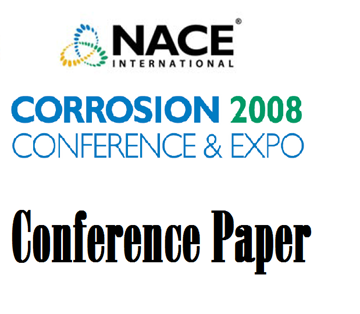Search
Products tagged with 'high strength low alloy (hsla) steel'
View as
Sort by
Display
per page
08115 Development of a C125 High Strength Low Alloy Steel for OCTG: SSC Mapping in Slightly Sour Environment
Product Number:
51300-08115-SG
ISBN:
08115 2008 CP
Publication Date:
2008
$20.00
High-strength Nickel Low Alloy Steels for Oil and Gas Equipment: ASTM A508 Grade 4N under cathodic protection and simulated sour environments.
Product Number:
51320-14706-SG
Publication Date:
2020
$20.00


